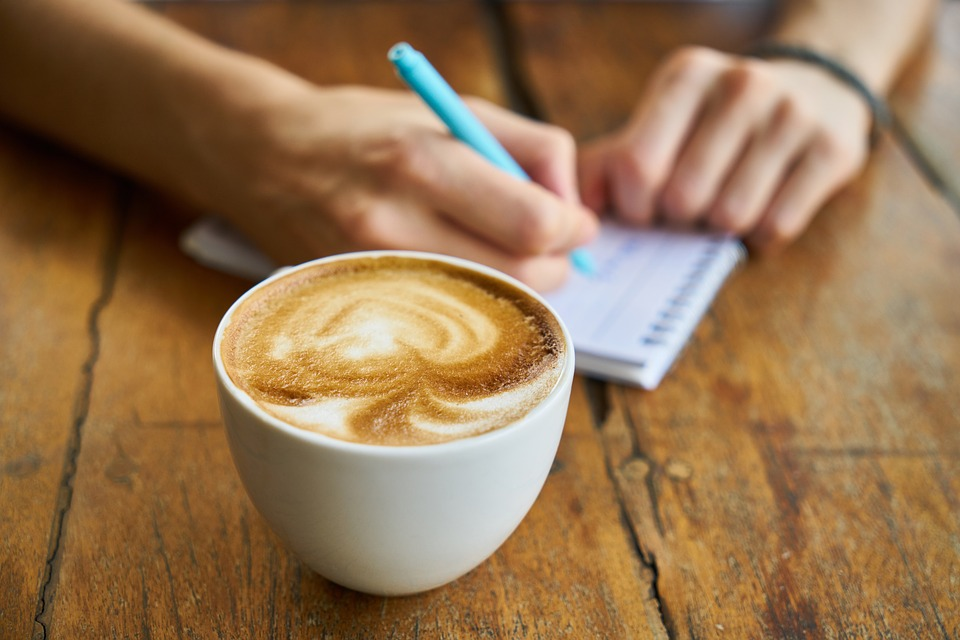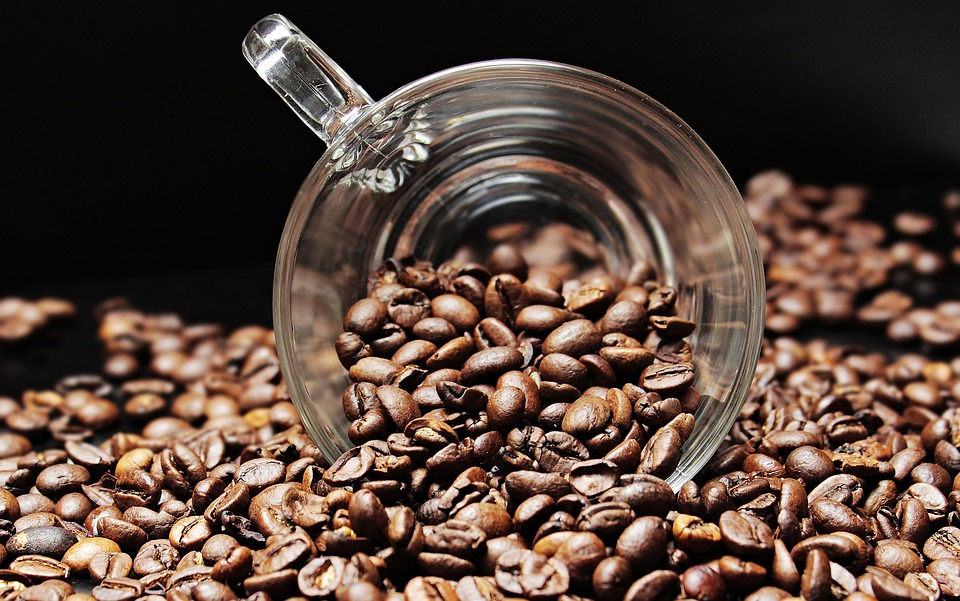Barista 101: How to Make the Perfect Espresso

Before you start idolizing the graceful and perfect holy shot of espresso, you need to understand that there are hundreds of variations to make a shot. Connoisseurs of coffee aren’t the only people who drink espresso, all the drinks with the fancy names and syrup cocktails have an espresso shot in them. Espresso is the base of mocha, latte, americano, and cappuccino; espresso is everywhere. Being passionate about drinking espresso isn’t enough to make a good shot. You’ll need to practice and learn about the different techniques to make the perfect espresso shot. Your taste buds are going to be the judge, so prepare for some trial and error. This guide should help you get started in the art of making espresso.
Coffee Beans
You need coffee beans to make espresso, which sounds pretty simple and intuitive. The real deal means not using pre-ground coffee beans. You want to use your own fresh coffee beans, which is not a big deal if you’re a daily coffee drinker. Grinding for the first time will seem tough to get down as the texture of your beans will make a huge difference. If it’s ground too much it will be too fine and your espresso will end up giving a burnt taste. A quick grind can cause the beans to be coarse and rough, which will make the texture too watery and the espresso will be tasteless. Play around with the texture until you grasp the golden ratio. Don’t forget to check your machine to know the exact amount of beans you need to add, usually between 8-10 grams for a single shot.

The Machine
Your espresso machine is going to be your best friend in the morning. Some people may recommend not using a machine at all but that’s not the best way to make espresso. Only a machine can provide the perfect pressure to make the perfect espresso. The market is full of machines and you may feel overwhelmed by all the options. When you’re picking an espresso machine for your home kitchen, you need to keep in mind that there are only two types of mechanisms that divide the machines into two categories. The first type is steam-driven, which means that the steam generated in the boiler cabin applies pressure to drive water through the beans. These machines aren’t the best when it comes to pressure force as the average is around 1.5 bar.
Pump-driven espresso machines are more popular than steam-driven. They are usually considered better because the pump and boiler are superior when it comes to getting to the right pressure and water temperature, usually around 9-10 bar and 200-205 °F, respectively. Both machines operate using one out of three control methods; manual, where you need to push the lever to provide the required pressure and it’s usually reserved for professionals; semi-automatic, which provides a mechanical pump but still requires tamping and grinding the beans; automatic, only provide the fresh beans and it will do all the work.
Final Thoughts
Making espresso is an art, and every art requires practice and creativity. People taste espresso differently so you shouldn’t stick to a popular default just because it’s popular. Try mixing it up by trying different methods of applying pressure if you’re using a manual or semi-automatic machine. Technology provides convenience as the automatic espresso machines don’t require a lot of work, but that can be an advantage or a disadvantage depending on what you want. Once you get your perfect shot, you’ll also get bragging rights that come with it.
Related Posts
-
 5 things you didn’t know About the Rosary
No Comments | Dec 19, 2018
5 things you didn’t know About the Rosary
No Comments | Dec 19, 2018 -
 What Do You Need to Know About Child Malnutrition?
No Comments | Aug 17, 2021
What Do You Need to Know About Child Malnutrition?
No Comments | Aug 17, 2021 -
 History of Cocaine
No Comments | Jan 31, 2016
History of Cocaine
No Comments | Jan 31, 2016 -
 Will Luka Doncic be the top pick in the 2018 NBA Draft?
No Comments | May 14, 2018
Will Luka Doncic be the top pick in the 2018 NBA Draft?
No Comments | May 14, 2018
